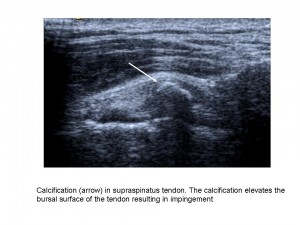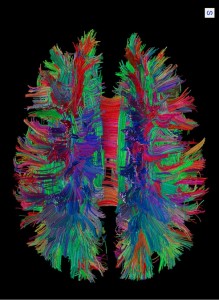ECR On Demand Preview: The human connectome #NH 7 #A-158
NH 7 – The human connectome, A-158 – Connectomics in brain pathology (M.P. v.d. Heuvel)
A short preview of lecture A-158 ‘Connectomics in brain pathology’, from the session NH 7 ‘The human connectome: a comprehensive map of brain connections’ at ECR 2014, given by M.P. van den Heuvel from Utrecht, Netherlands.
Watch the whole lecture and many more at http://ipp.myESR.org
Direct link: http://bit.ly/The_human_connectome
Friday, March 7, 16:00 – 17:30 / Room Board Room B
Abstract:
Healthy brain function depends on efficient functional communication within a complex network of structural neural connections, a network known as the connectome. Conversely, damage to the brain’s network, disrupting local neuronal processes and/or global communication between remote functional systems may lead to brain dysfunction. In the last few years, emerging evidence from a wide variety of studies suggests that connectome abnormalities may indeed play an important role in the aetiology of several brain disorders. In my talk, I will discuss the results of recent studies suggesting an important role for affected connectome organization in a number of neurological and psychiatric disorders. In particular, I will highlight the findings of affected functional and structural brain network in neurodegenerative disorders such as Alzheimers and ALS, as well as discuss how the application of network science and connectomics may aid our understanding of the biological basis of psychiatric disorders such as autism and schizophrenia.










